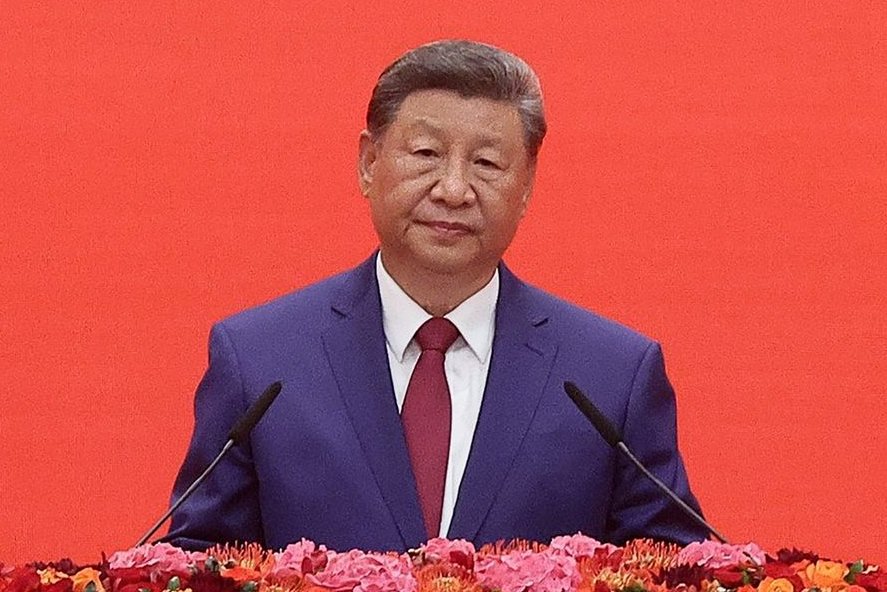Nov. 7 (UPI) — China officially launched its latest aircraft carrier equipped with an advanced launch system that allows fighter planes to take off with heavier payloads — technology that until now was exclusive to the U.S. Navy.
Chinese state TV said Friday that a commissioning ceremony for the Fujian this week at the People’s Liberation Army naval base on Hainan Island, 400 miles southwest of Hong Kong, was attended by President Xi Jinping.
The requirement for the Electro Magnetic Launch System, which catapults aircraft off the launch deck at a much higher speed than they would be able to achieve under their own power, was personally ordered by Xi.
EMALS, which replaces inefficient and costly steam powered catapults in use since the 1950s, can accelerate a 100,000 pound aircraft to 150 mph in less than three seconds.
The higher airspeed delivered by EMALS provides more lift, enabling aircraft to carry heavier bombs and missiles and more fuel, allowing them to fly longer-range missions.
The Fujian enters China’s fleet just over three years after the USS Gerald R. Ford was certified for launch deck operations in 2022, although its first successful use of the system was in July 2017 immediately after the nuclear powered carrier was commissioned by U.S. President Donald Trump during his first term.
Xi joined an honor guard in a flag ceremony Wednesday watched by more than 2,000 navy and shipyard workers, before touring the Fujian, meeting the crew and trying out the feel of the EMALS launch button, which was not “live.”
The commissioning took place in the shadow of the PLA’s second carrier, Shandong, which was commissioned in 2019, in a demonstration of military strength signaling Beijing’s intention to challenge the supremacy of the U.S. Navy over the high seas that has reigned since World War II.
The 80,000-ton Fujian was hailed as a significant step in bringing Chinese warships closer to Western standards when it was launched from Shanghai’s Jiangnan Shipyard in June 2022, providing China with much greater ability to project power in the region.
However, the Shandong, China’s first domestically-built carrier, was not deemed a threat when it was launched in 2017, because its conventional power plant and lack of a catapult launch system meant frequent stops to refuel and that it could not attack enemy ships at sea.
France’s Institute for International and Strategic Affairs said it had the power and capabilities of a typical carrier from the 1950s.
The Shandong was based on China’s first carrier, the Liaoning, a Soviet-era ship purchased from Ukraine in 1998 and extensively refitted before entering the Chinese fleet in 2012.

